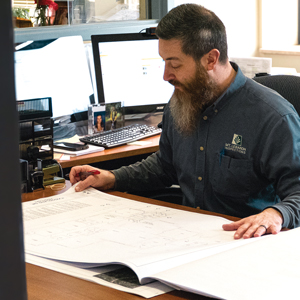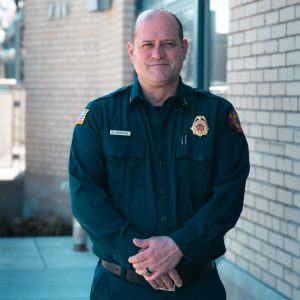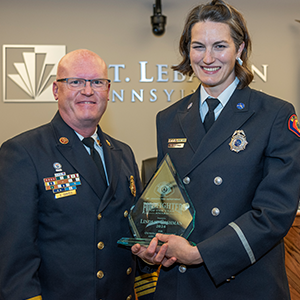The search for field space

Take a stroll or drive around Mt. Lebanon on a nice evening or weekend and you’re bound to see some sort of sports activity. Kids playing soccer in Bird Park. Kids playing baseball along Cedar Boulevard. Or maybe it’s lacrosse or flag football.
If you only knew what goes into scheduling all those games and practices for all those sports in all those age groups on all those fields.
Well, let us tell you. But be warned, going behind the scenes on the grass and turf field allocation process in Lebo is a little like diving into an Agatha Christie novel, only more intricate.
“It’s a lot,” said David Donnellan, director of the Mt. Lebanon Recreation Department.
Mt. Lebanon has 19 outdoor fields, including the high school stadium, used by the school district and the rec department. The school district owns most of them, the municipality these five: Dixon, Middle and Clint Seymour (the three on Cedar), Brafferton in Sunset Hills Park, and John Doctor Field, commonly called Bird Park Soccer Field.
Seymour used to be called Wildcat Field. In addition, Middle and Seymour are commonly called the Cedar turf fields, while Dixon is grass.
The rec department handles most of the scheduling, after the school district maps out the needs for its teams.
Twice a year, usually in January and in the summer, representatives from the rec department, school district and sports organizations and associations come together for a scheduling meeting, held virtually since COVID.
It can be tedious. The meeting starts with a review of the previous year’s schedule, with an eye toward making need-based tweaks. Donnellan is sort of the emcee, letting the various representatives work out modifications and changes. He is assisted by program manager Pat Cannon, assistant rec director Tim Ishman and assistant facilities manager David Hornack.
“The reason it’s done that way in part is because that’s what we’ve done in the past,” Donnellan said. “But it’s really the only way that I think it can be done just because there are so many variables that go into who gets what field. Do you need a rectangle? Do you need a diamond? What was your registration like this year? What age groups are you serving this year? Are you having a practice or a game? Can you share a field with another organization? Some of these associations have hundreds of people on their rosters, and you might be serving different age groups. You may have mandates from your agency (such as USA Soccer) you work within.”
In addition, the popularity and needs of some sports grow and wane over the years. Flag football and girls’ slow-pitch softball are newer sports that have been growing, for instance.
Eventually, and usually with some minor concessions here and there, things get worked out and the various entities can get to work on any permits and fees associated with their scheduled times on the fields.
It would surely be an easier process if there were more fields, or at least more fields with artificial turf, which holds up better than grass, and/or lights, which extend the evening hours. But plans and costs for that are not in the works at this point.
It’s a frustrating truth that the demand for fields outweighs the supply, but a schedule gets done.
“It’s sort of a double-edged sword,” said John Grogan, Mt. Lebanon High School athletic director, who participates in those twice-yearly meetings. “The good side is we have so many kids from preschool all the way up through the high school kids who want to be involved in sports and activities, and that’s an awesome thing. At the same time, we only have so many fields in the district.
“But I think that everybody understands that, and there is a lot of spirit of cooperation and trying to meet as best as we can the demands.”
The process is getting a long review by a Sports Advisory Board, which has been doing extensive surveys as part of a Field Census Study and hopes to present its findings and recommendations this spring.
Sports Advisory Board Chair Amanda Rost, Osage Drive, is involved with the flag football and lacrosse organizations and, through her four children, has a working knowledge of many of the rec league and scholastic sports.
Rost said among the possible recommendations are reviewing the rental fees—grass fields are free, turf fields cost a nominal fee, and the stadium is pricey and not used nearly as much as the rest—looking for a better way, such as something online, for giving back field time that turns out not to be needed; perhaps appointing something like a field czar since there is not one voice of authority now; and looking into adding lights and turf to more fields.
“There are definitely solutions out there” to improve a complicated process, Rost said.





